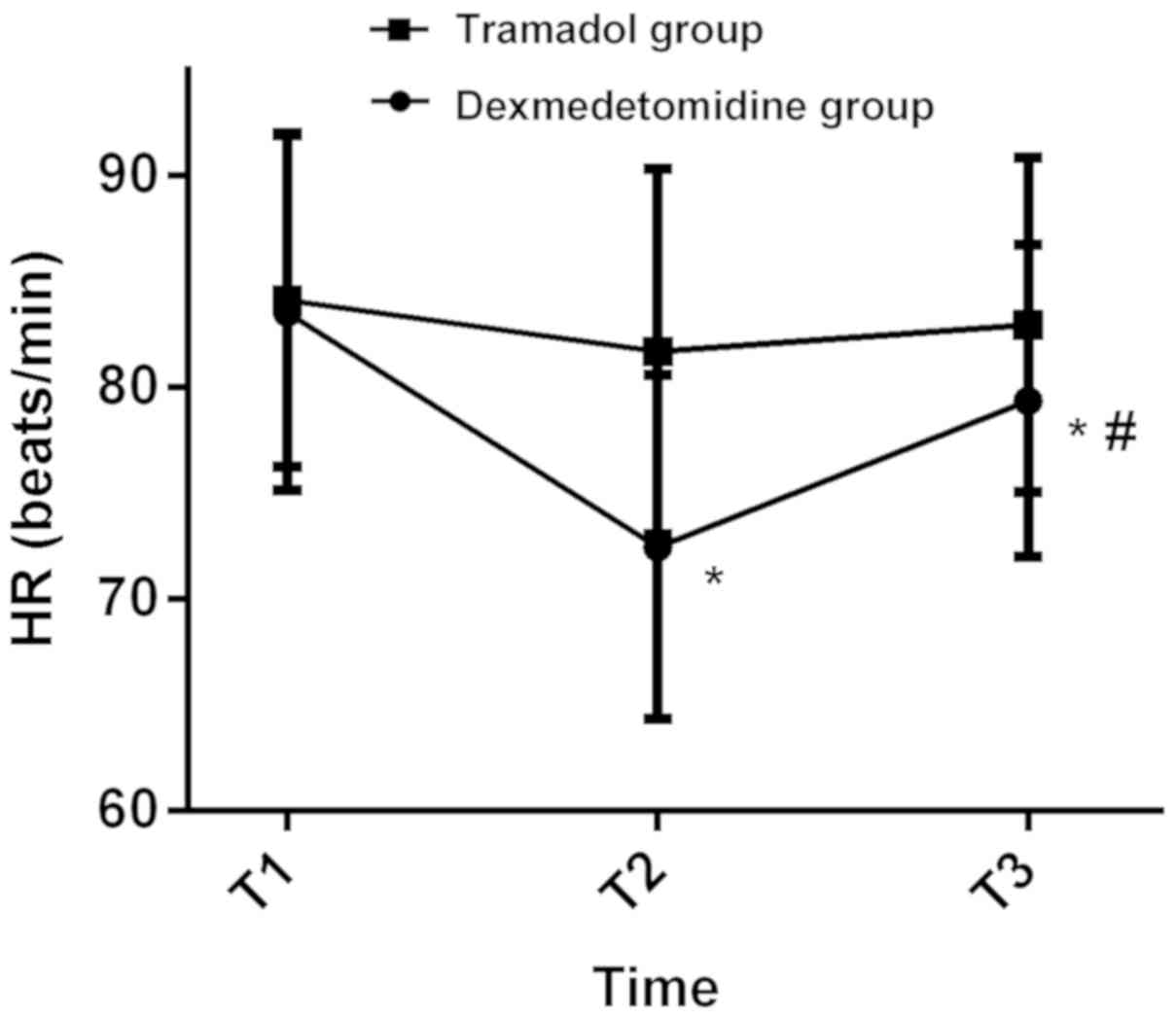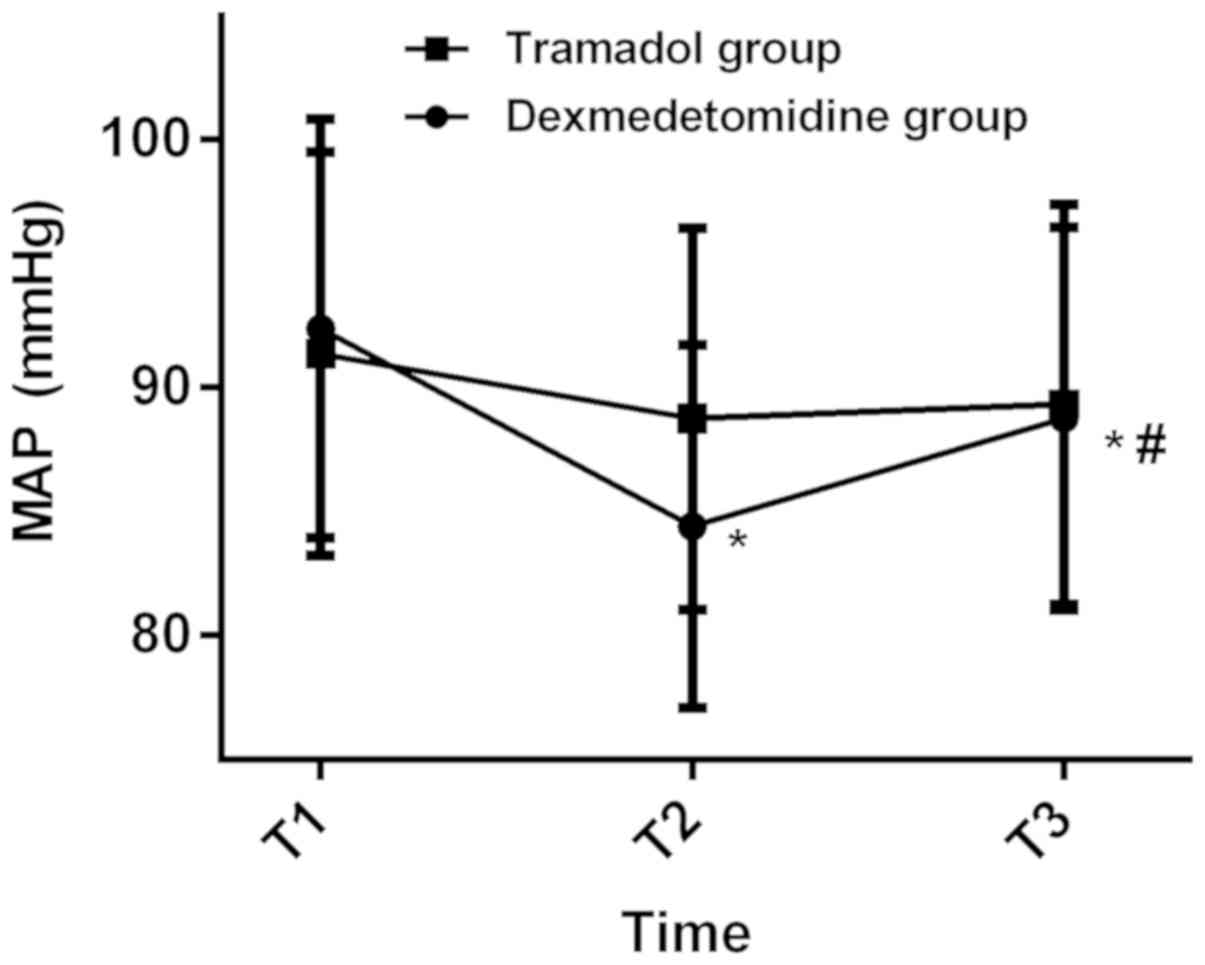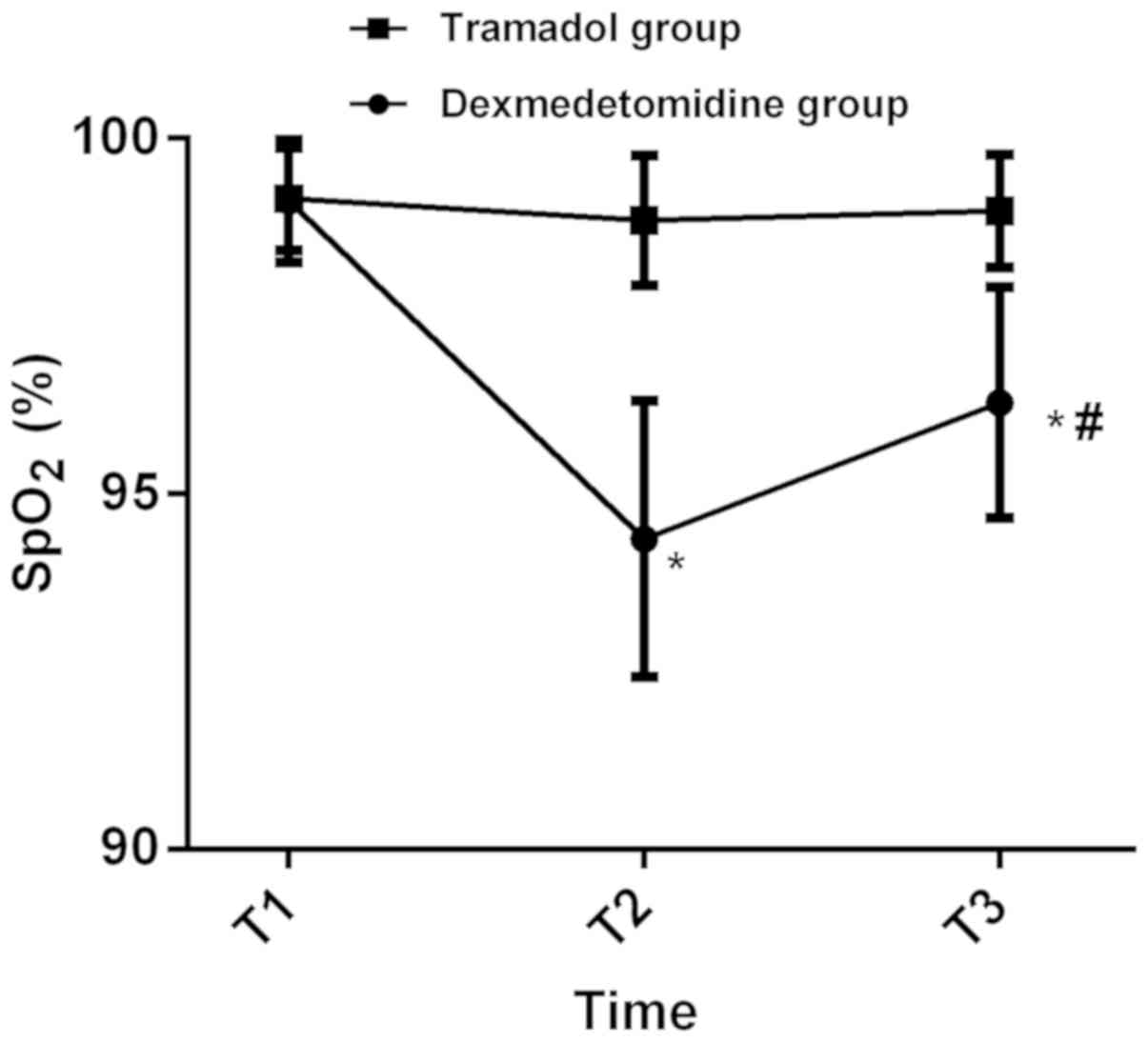|
1
|
Marquardt JU, Andersen JB and Thorgeirsson
SS: Functional and genetic deconstruction of the cellular origin in
liver cancer. Nat Rev Cancer. 15:653–667. 2015. View Article : Google Scholar : PubMed/NCBI
|
|
2
|
Torre LA, Bray F, Siegel RL, Ferlay J,
Lortet-Tieulent J and Jemal A: Global cancer statistics, 2012. CA
Cancer J Clin. 65:87–108. 2015. View Article : Google Scholar : PubMed/NCBI
|
|
3
|
Tsai WC, Kung PT, Wang YH, Kuo WY and Li
YH: Influence of the time interval from diagnosis to treatment on
survival for early-stage liver cancer. PLoS One. 13:e01995322018.
View Article : Google Scholar : PubMed/NCBI
|
|
4
|
Li L and Wang H: Heterogeneity of liver
cancer and personalized therapy. Cancer Lett. 379:191–197. 2016.
View Article : Google Scholar : PubMed/NCBI
|
|
5
|
Kodack DP, Farago AF, Dastur A, Held MA,
Dardaei L, Friboulet L, von Flotow F, Damon LJ, Lee D, Parks M, et
al: Primary patient-derived cancer cells and their potential for
personalized cancer patient care. Cell Rep. 21:3298–3309. 2017.
View Article : Google Scholar : PubMed/NCBI
|
|
6
|
Facciorusso A, Di Maso M and Muscatiello
N: Microwave ablation versus radiofrequency ablation for the
treatment of hepatocellular carcinoma: A systematic review and
meta-analysis. Int J Hyperthermia. 32:339–344. 2016. View Article : Google Scholar : PubMed/NCBI
|
|
7
|
Amabile C, Ahmed M, Solbiati L, Meloni MF,
Solbiati M, Cassarino S, Tosoratti N, Nissenbaum Y, Ierace T and
Goldberg SN: Microwave ablation of primary and secondary liver
tumours: Ex vivo, in vivo, and clinical characterisation. Int J
Hyperthermia. 33:34–42. 2017. View Article : Google Scholar : PubMed/NCBI
|
|
8
|
Ryan MJ, Willatt J, Majdalany BS, Kielar
AZ, Chong S, Ruma JA and Pandya A: Ablation techniques for primary
and metastatic liver tumors. World J Hepatol. 8:191–199. 2016.
View Article : Google Scholar : PubMed/NCBI
|
|
9
|
Dou JP, Liang P and Yu J: Microwave
ablation for liver tumors. Abdom Radiol (NY). 41:650–658. 2016.
View Article : Google Scholar : PubMed/NCBI
|
|
10
|
Freeman J and Buggy DJ: Modelling the
effects of perioperative interventions on cancer outcome: Lessons
from dexmedetomidine. Br J Anaesth. 120:15–17. 2018. View Article : Google Scholar : PubMed/NCBI
|
|
11
|
Miotto K, Cho AK, Khalil MA, Blanco K,
Sasaki JD and Rawson R: Trends in tramadol: Pharmacology,
metabolism, and misuse. Anesth Analg. 124:44–51. 2017. View Article : Google Scholar : PubMed/NCBI
|
|
12
|
World Health Organization: Expert
Committee on Drug Dependence (ECDD) 34th Report. Assessment of
tramadol. 2006.
|
|
13
|
Jin Q, Chen X and Zheng S: The security
rating on local ablation and interventional therapy for
hepatocellular carcinoma (HCC) and the comparison among multiple
anesthesia methods. Anal Cell Pathol (Amst) 2019. 29651732019.
|
|
14
|
Petrick JL, Braunlin M, Laversanne M,
Valery PC, Bray F and McGlynn KA: International trends in liver
cancer incidence, overall and by histologic subtype, 1978–2007. Int
J Cancer. 139:1534–1545. 2016. View Article : Google Scholar : PubMed/NCBI
|
|
15
|
Trevisani F, Cantarini MC, Wands JR and
Bernardi M: Recent advances in the natural history of
hepatocellular carcinoma. Carcinogenesis. 29:1299–1305. 2008.
View Article : Google Scholar : PubMed/NCBI
|
|
16
|
Xu LF, Chen YT, Ren Q, Ma HQ, Zhang J,
Chen B, Lu PX and Tan ZY: Clinical application of transarterial
chemoembolization combining with air-cooled percutaneous microwave
coagulation therapy on patients with primary hepatic carcinoma.
Chin J Clin Oncol. 34:553–557. 2007.(In Chinese).
|
|
17
|
Potretzke TA, Ziemlewicz TJ, Hinshaw JL,
Lubner MG, Wells SA, Brace CL, Agarwal P and Lee FT Jr: Microwave
versus radiofrequency ablation treatment for hepatocellular
carcinoma: A comparison of efficacy at a single center. J Vasc
Interv Radiol. 27:631–638. 2016. View Article : Google Scholar : PubMed/NCBI
|
|
18
|
Jiang X, Gao F, Ma Y, Feng S, Liu X and
Zhou H: Percutaneous microwave ablation in the spleen for treatment
of hypersplenism in cirrhosis patients. Dig Dis Sci. 61:287–292.
2016. View Article : Google Scholar : PubMed/NCBI
|
|
19
|
Panchgar V, Shetti AN, Sunitha HB,
Dhulkhed VK and Nadkarni AV: The effectiveness of intravenous
dexmedetomidine on perioperative hemodynamics, analgesic
requirement, and side effects profile in patients undergoing
laparoscopic surgery under general anesthesia. Anesth Essays Res.
11:72–77. 2017. View Article : Google Scholar : PubMed/NCBI
|
|
20
|
Hoy SM and Keating GM: Dexmedetomidine: A
review of its use for sedation in mechanically ventilated patients
in an intensive care setting and for procedural sedation. Drugs.
71:1481–1501. 2011. View Article : Google Scholar : PubMed/NCBI
|
|
21
|
Weerink MAS, Struys MMRF, Hannivoort LN,
Barends CRM, Absalom AR and Colin P: Clinical pharmacokinetics and
pharmacodynamics of dexmedetomidine. Clin Pharmacokinet.
56:893–913. 2017. View Article : Google Scholar : PubMed/NCBI
|
|
22
|
Bhagat N, Yunus M, Karim HM, Hajong R,
Bhattacharyya P and Singh M: Dexmedetomidine in attenuation of
haemodynamic response and dose sparing effect on opioid and
anaesthetic agents in patients undergoing laparoscopic
cholecystectomy - A randomized study. J Clin Diagn Res.
10:UC01–UC05. 2016.PubMed/NCBI
|
|
23
|
Falls BA: Opioids and serotonin syndrome:
An example with tramadol. In: Neuropathology of Drug Addictions and
Substance Misuse - General Processes and Mechanisms, Prescription
Medications, Caffeine and Areca, Polydrug Misuse. Emerging
Addictions and Non-Drug Addictions. Preedy VR: 3. Elsevier Inc.,
Academic Press; London: pp. 443–448. 2016
|
|
24
|
Faria J, Barbosa J, Queirós O, Moreira R,
Carvalho F and Dinis-Oliveira RJ: Comparative study of the
neurotoxicological effects of tramadol and tapentadol in SH-SY5Y
cells. Toxicology. 359-360:1–10. 2016. View Article : Google Scholar : PubMed/NCBI
|
|
25
|
Bedirli N, Akçabay M and Emik U: Tramadol
vs dexmedetomidine for emergence agitation control in pediatric
patients undergoing adenotonsillectomy with sevoflurane anesthesia:
Prospective randomized controlled clinical study. BMC Anesthesiol.
17:412017. View Article : Google Scholar : PubMed/NCBI
|
|
26
|
Sahi S, Singh MR and Katyal S: Comparative
efficacy of intra-venous dexmedetomidine, clonidine, and tramadol
in postanesthesia shivering. J Anaesthesiol Clin Pharmacol.
32:240–244. 2016. View Article : Google Scholar : PubMed/NCBI
|

















